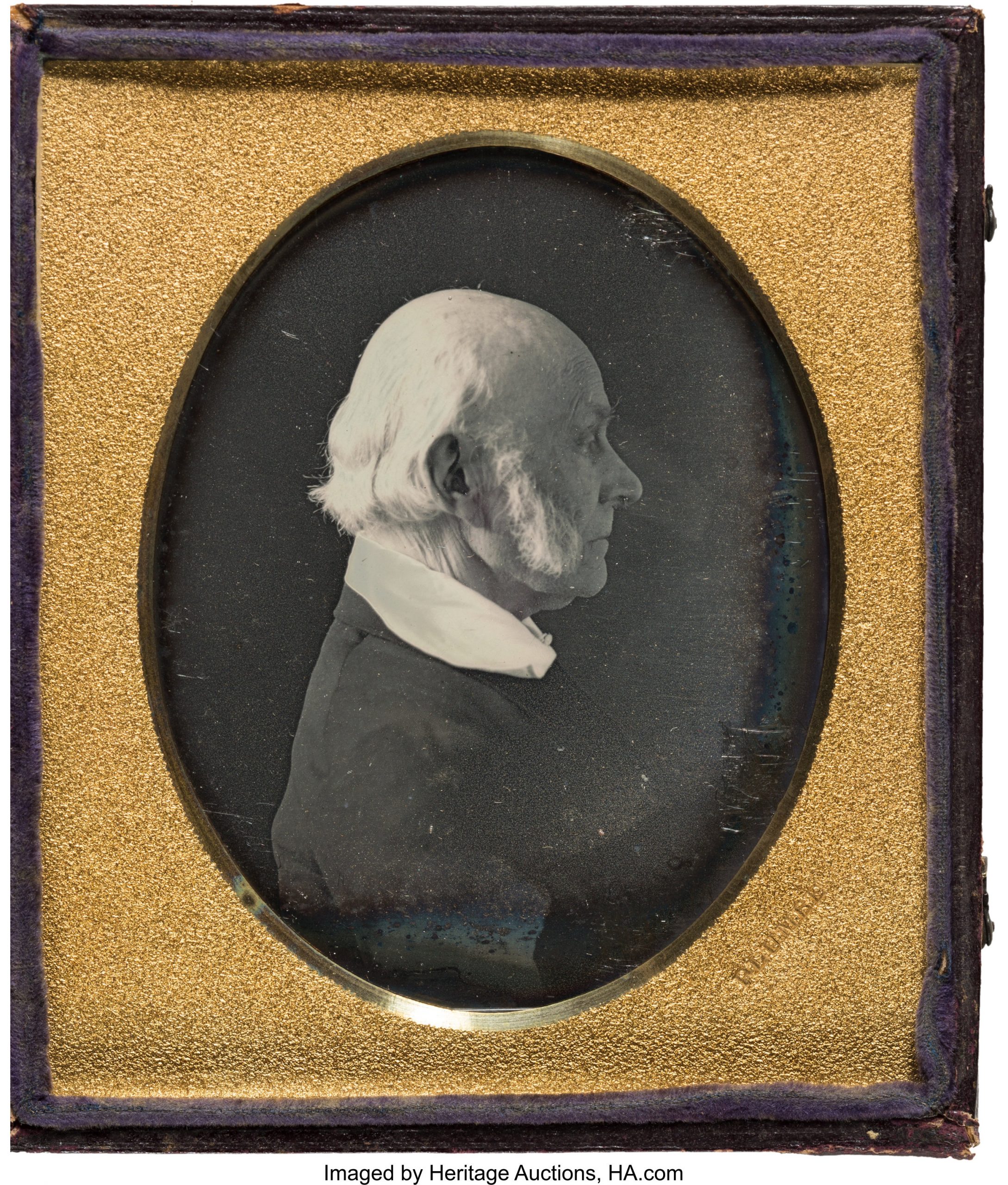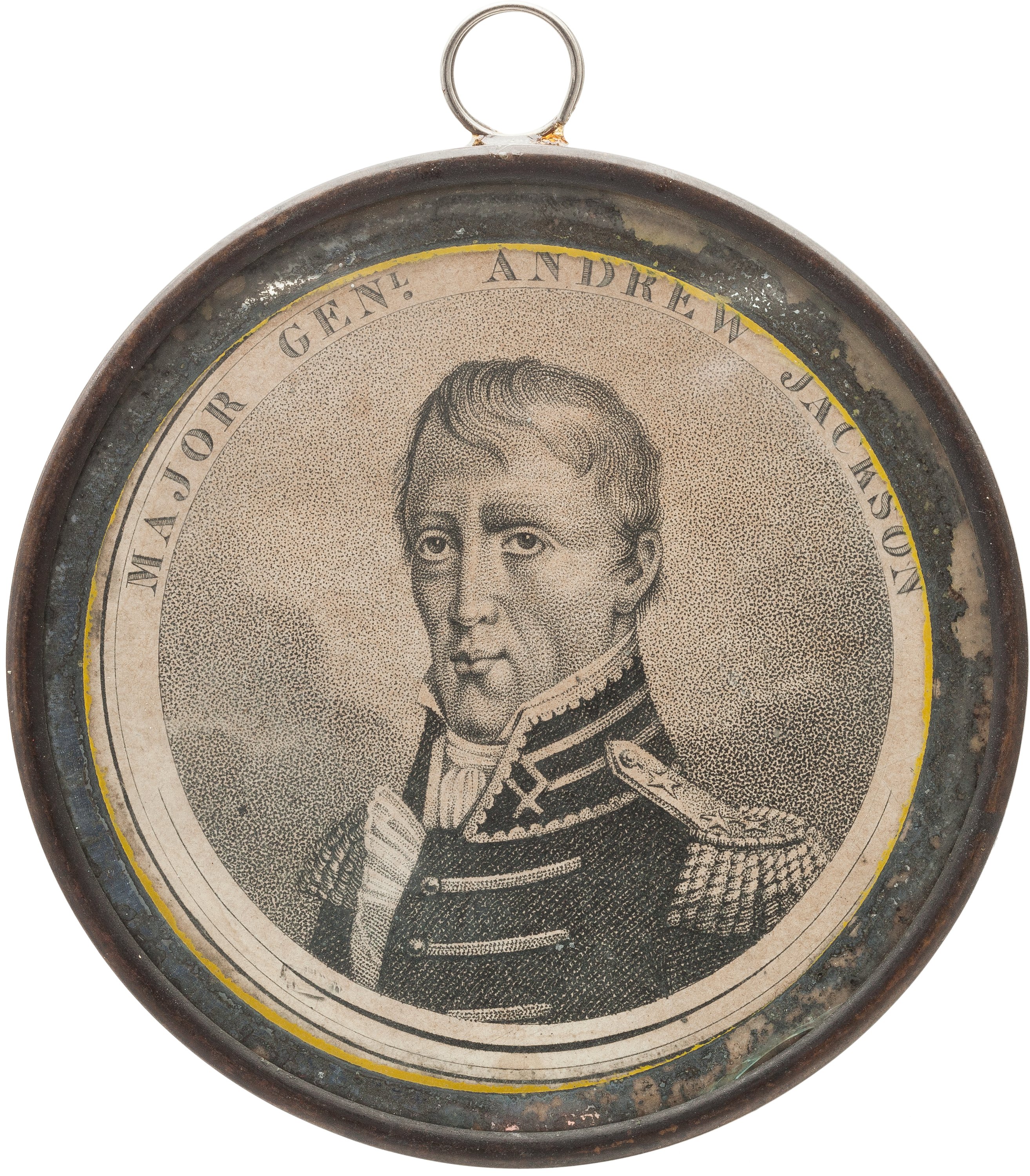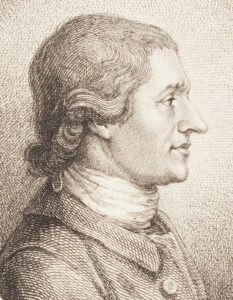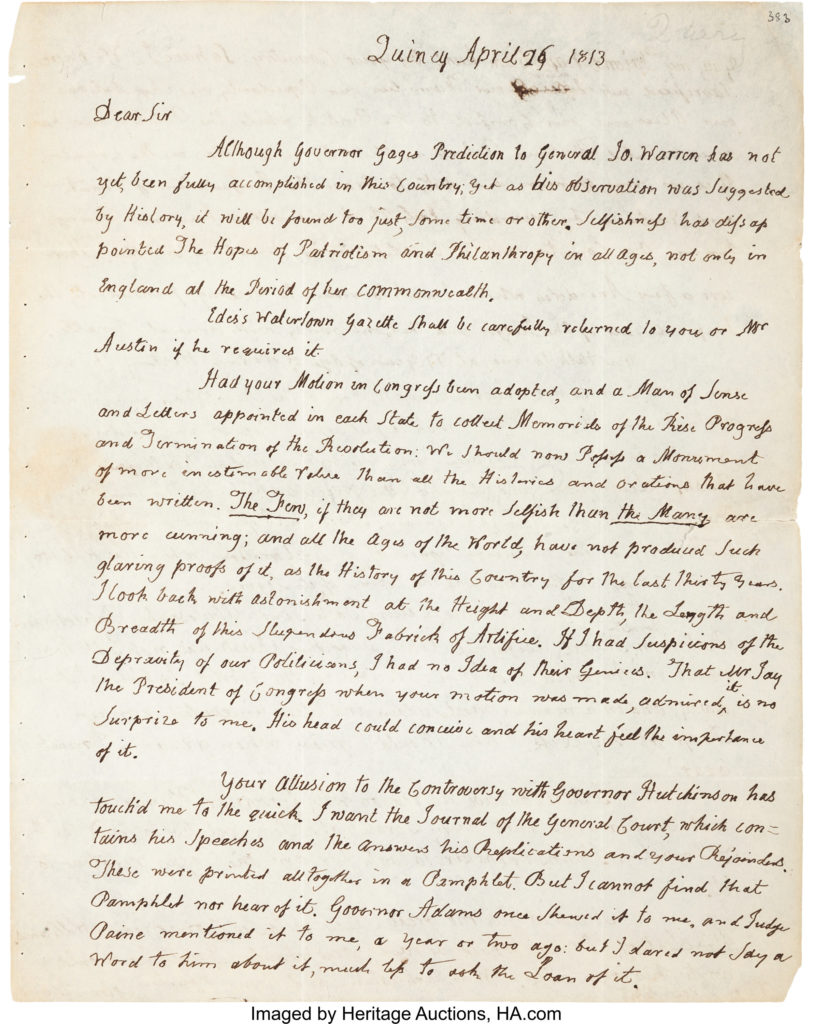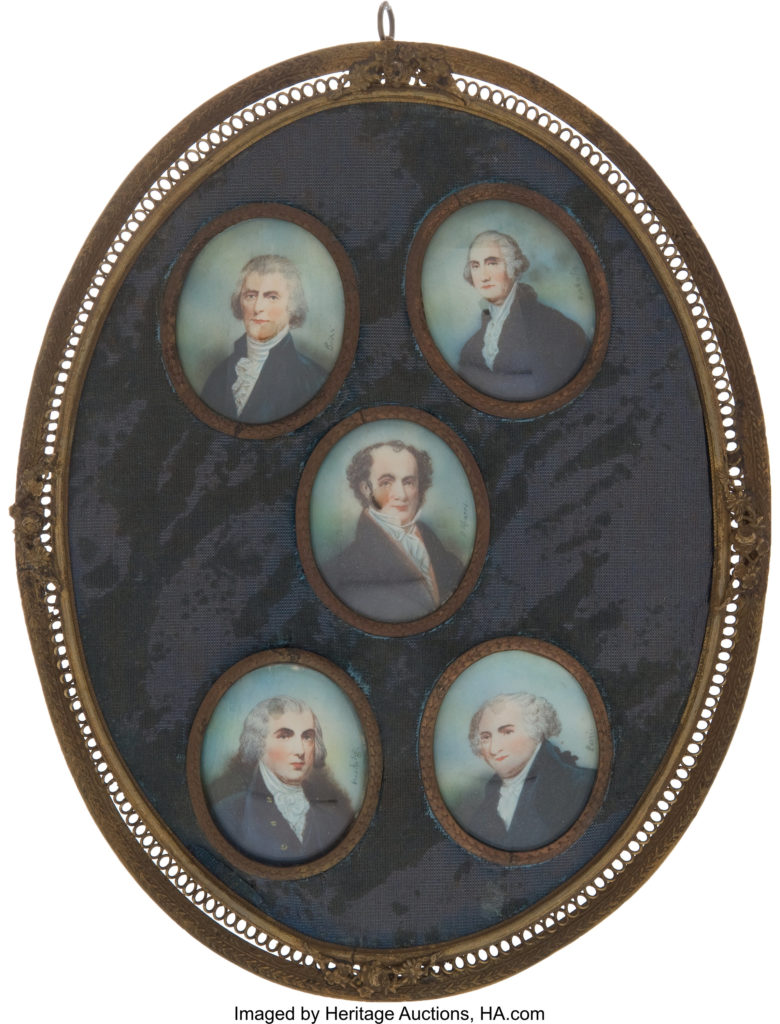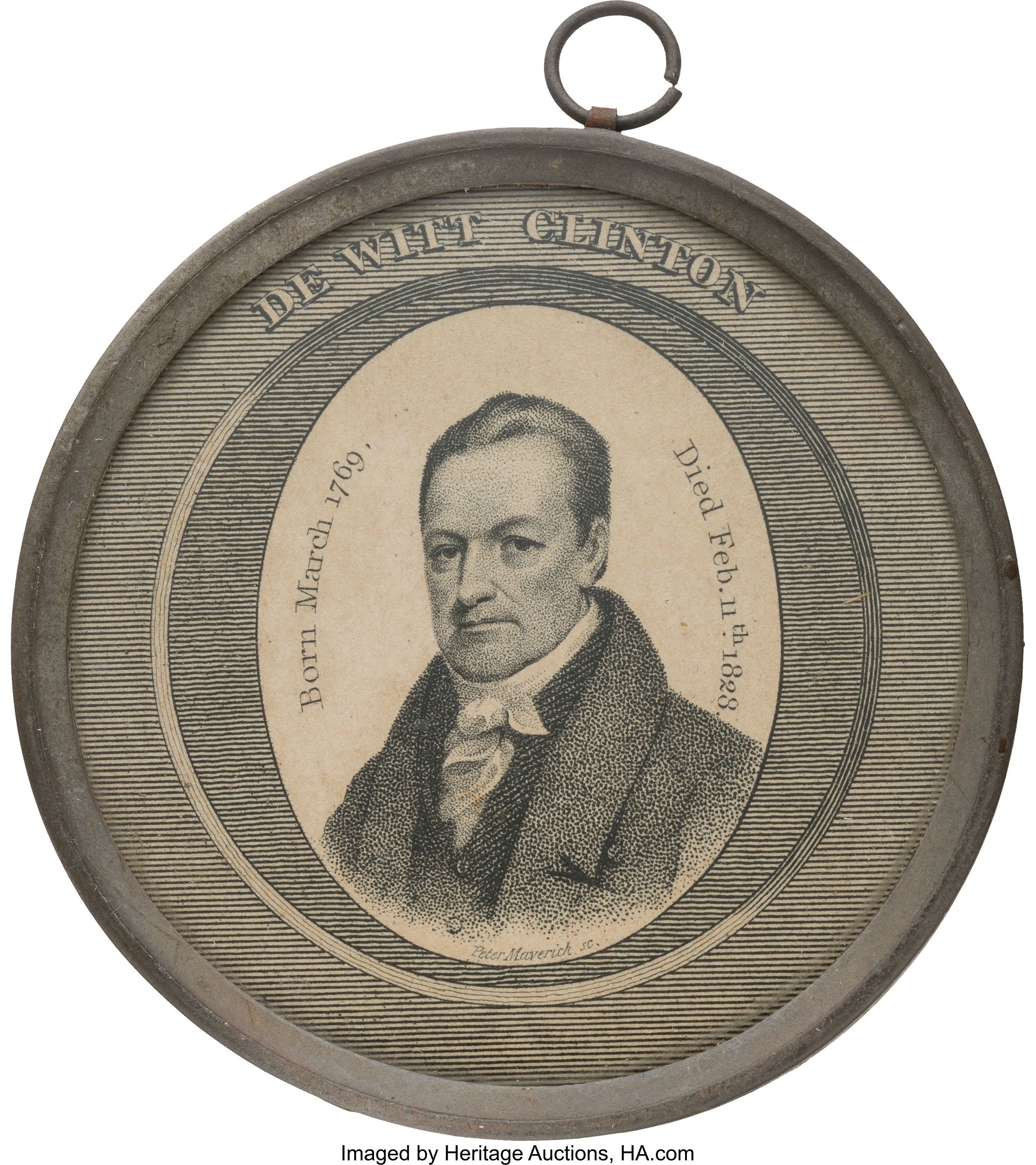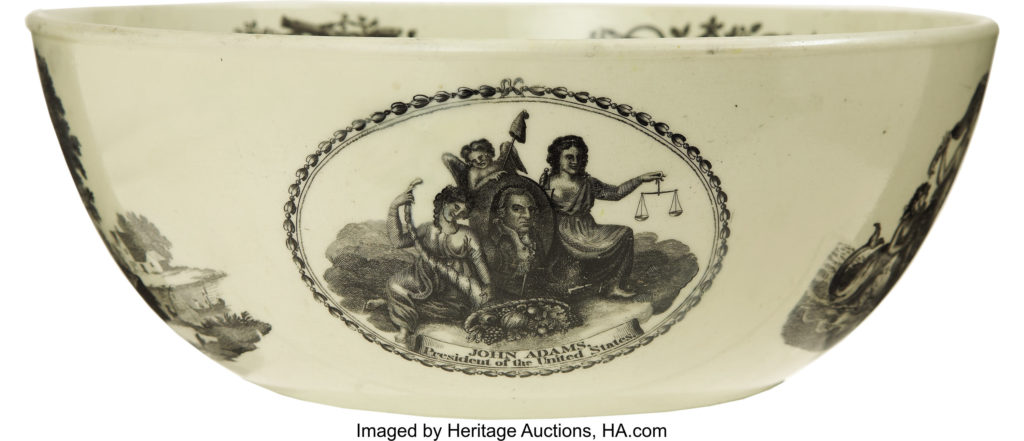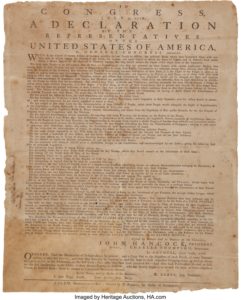
By Jim O’Neal
Two U.S. presidents have been elected by the House of Representatives. John Quincy Adams became the sixth president (1825) when his chief opponent, Andrew Jackson, failed to win a majority of the electoral votes in the 1824 election. The House held a special election to decide the winner. Supposedly, a “corrupt bargain” between Adams and House Speaker Henry Clay vaulted Clay into the Secretary of State position.
John C. Calhoun easily won the vice-presidential vote and he served four years under JQA. When Jackson bounced back and won in 1828, Calhoun continued as vice president for three more years. Then he resigned and made a run for the nomination in a new party: the Nullifiers … the second third party to form (the Anti-Masons were the first third party).
Earlier, in 1801, Thomas Jefferson had been elected by the House after he tied with Aaron Burr in the general election. However, it took 36 votes in the House to break the tie. Alexander Hamilton finally persuaded the electors from New York to vote for Jefferson since he was “the lesser of two evils.” Two years later, Burr exacted his revenge by killing Hamilton in a duel.
Thomas Jefferson, author of the Declaration of Independence, was Adams’ vice president for four years and then served two terms as president. He had hoped that the young nation would expand across North America, becoming a great agrarian society. Instead, great cities evolved out of necessity to accommodate the millions of immigrants fleeing to the new republic with its fabled “streets paved with gold.” In 1800, Jefferson famously wrote: “When great evils happen, I am in the habit of looking out for what good may arise from them as consolations to us. … The yellow fever will discourage the growth of great cities in our nation; and I view great cities as pestilential to the morals, the health and the liberties of man.” In Jefferson’s time, the epidemics that repeatedly swept through large cities were especially lethal.
One poignant example occurred in the summer of 1793 when a massive epidemic of yellow fever hit Philadelphia, the largest city in America and temporary capital of the United States. It was caused by the mosquitoes that flourished in the muddy swamps in the area. Yellow fever is an acute, infectious viral disease transmitted by the bite of an infected female.
This episode was responsible for 5,000 deaths, or 10% of the population. An even bigger disaster was averted when President George Washington moved the federal government and nearly 40% of the inhabitants followed. Another mitigating factor helped when a savvy group of doctors imposed a quarantine on all ships and refugees from Philadelphia. Special guards were posted to the wharfs to ensure compliance and citizens were warned not to let any strangers into their homes.
When yellow fever returned to NYC in 1795, they were better prepared with a health department. But in 1798, yellow fever killed 2,086 people (one in 30), or the equivalent of 289,000 in today’s terms. The battle continued during the entire 19th century with major outbreaks in Baltimore, Boston, New Orleans and other southern cities. Eventually, a vaccine was developed.
Thomas Jefferson was eager to obtain what would become part of the Louisiana Purchase when Spain ceded much of North America to France. He dispatched James Monroe and Robert Livingston to France with an offer to buy 40,000 square miles for $10 million. The offer was refused, but Napoleon subsequently made an astonishing counteroffer … 827,987 square miles for $15 million! The offer was quickly accepted since it provided significant benefits. First, safety for shipping on the Mississippi River … a doubling of the size of the entire United States and, mostly, acquisition of the largest, most fertile track of land on Earth. It was enough land to entice migration from the East all the way to the Pacific Ocean. With this vast new area, there would be no need to congest into cities.
However, industrial America developed rapidly as a nation, but cities grew even faster. Masses of immigrants poured into America and a vast population shifted from the country to the city. Between 1860 and 1900, the rural population had doubled, but the number of city-dwellers quadrupled! The city became the supreme achievement of modern industry, the center of civilization. It spread out, built tall skyscrapers, mechanized factories and provided all the goods and services needed for workers.
On the other side of the ledger were the evils: ghettos for the poor, suburbs for the middle-class, exclusive neighborhoods for the wealthy, and ethnic neighborhoods for the immigrants. The city offered hope and opportunity, but it also brought despair. Overwhelming social problems, diseases, poverty, crime and strife between businesses and exploited workers. So we’re left with a few problems to solve:
- Rising oceans, melting polar caps, tornadic storms, raging forest fires
- Partially filled office buildings and empty, closed-down malls
- AI and robots replacing undereducated workers
- Rising rates of inequality
- Systemic racism
- More complex viral diseases as we get deeper into dark spooky places
- Telemedicine in place of doctors
- Remote learning
Are we capable of dealing with these daunting tasks? Just think about poor George Washington who had to flee when every tenth person was dying. Of course we are, but if we give up in despair, someone (probably China) will assume the leadership role and, in the process, set the world’s agenda. Leaders lead … others follow.
 Intelligent Collector blogger JIM O’NEAL is an avid collector and history buff. He is president and CEO of Frito-Lay International [retired] and earlier served as chair and CEO of PepsiCo Restaurants International [KFC Pizza Hut and Taco Bell].
Intelligent Collector blogger JIM O’NEAL is an avid collector and history buff. He is president and CEO of Frito-Lay International [retired] and earlier served as chair and CEO of PepsiCo Restaurants International [KFC Pizza Hut and Taco Bell].

